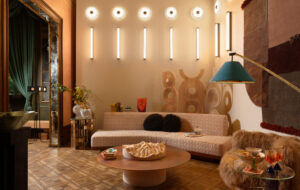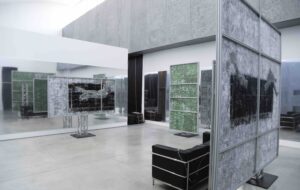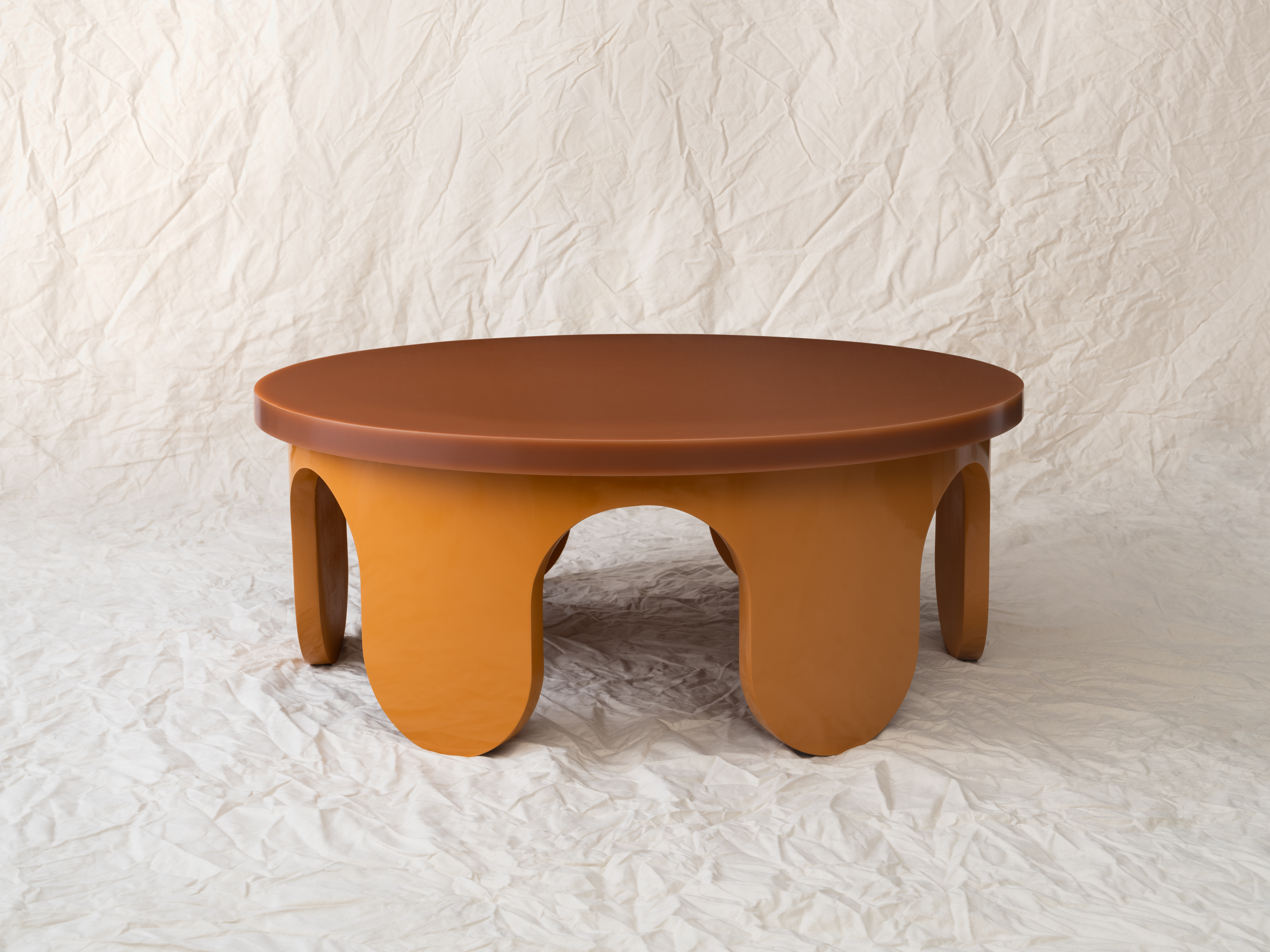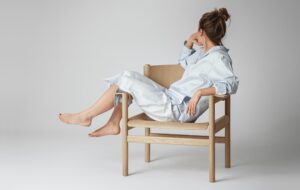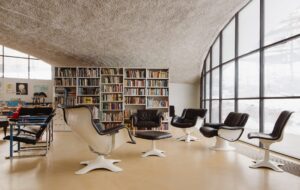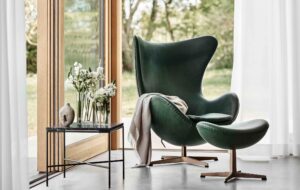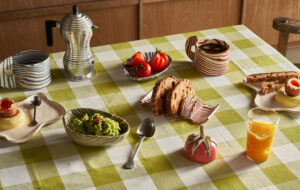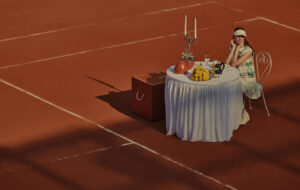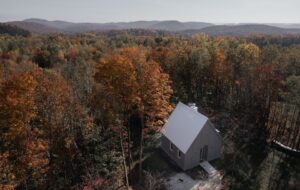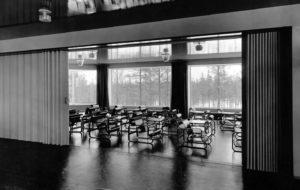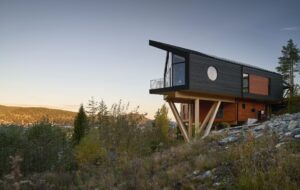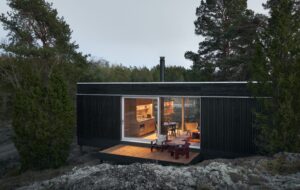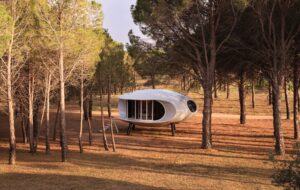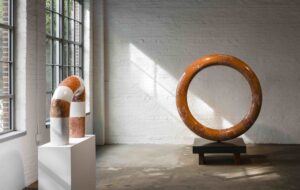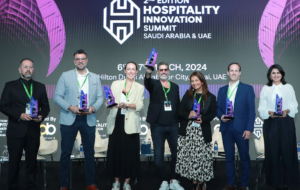|
|
||
|
The number of electrical appliances found in the average German kitchen is 19, according to Christoph Thetard, sustainable product designer and graduate of the Bauhaus-University Weimar. But Thetard thinks he can whittle that down to just three. And he’s found a way to power those items without using electricity. R2B2 is a kitchen unit that mechanically runs a small food processor, hand blender and coffee grinder by way of a foot pedal and flywheel. Thetard’s choice of appliances came out of studying which tasks can be done effectively with tools and which really need a machine. “Chopping can easily be done with a sharp knife and a board,” he says, “but mashing, whipping, blending or grinding coffee for more than two people is a pain.” Cogs and gears are used to transfer energy from the user to the appliances. Ten pushes of the pedal gives an output power of 350w, enough to use each machine for about a minute. “You can pedal the whole time,” explains Thetard, “or power it up and store the energy for later.” The appliances can be stored inside and whole unit neatly packs up when not in use. Robustness and design for long life were important principles. “I chose ceramic bearings and hi-spec cog wheels for efficiency and to reduce power waste,” says Thetard. The specially coated bearings and silicone gear belts reduce both noise and friction. The stainless-steel parts are oiled for maintenance and the oak cabinet is assembled with just two types of screw so fewer tools are needed to repair it. “In every detail I tried to make the product sustainable,” says Thetard. At 90cm high, 50cm wide and 80cm deep, the unit is not compact. But unlike electrical gadgets it allows the pleasure of putting all its mechanics on show. R2B2 looks undeniably fascinating but Thetard says: “It’s not just a nice image, it really works. Nobody thinks of the alternatives, of the techniques that have been around for hundreds of years. I want to show that it’s possible.” And the name? It’s both a reference to B2, the Bulthaup designer kitchen that the unit was originally designed for, and R2-D2 the popular robot from Star Wars. “It’s about the future,” says Thetard. “The film shows us what’s possible years from now. My future vision is that everyone will have this product in their kitchen instead of the huge number of electrical items they do now.”
credit Christoph Thetard |
Image Christoph Thetard
Words Riya Patel |
|
|
||


